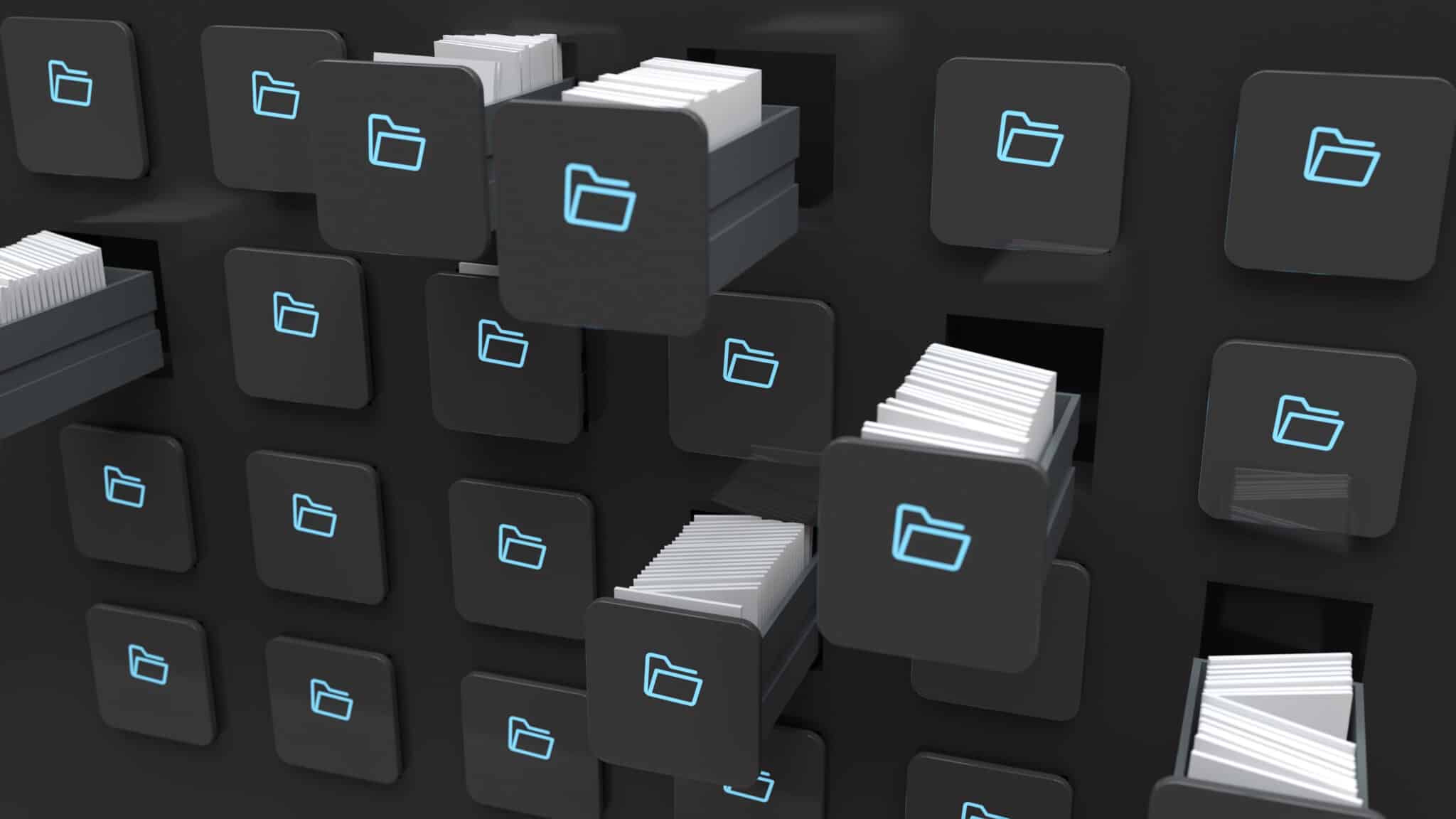6 hacks for using Sonars Data Dictionary to knock out those clean-up projects and start the new year off right.
Was one of your New Year’s resolutions to build better documentation around your Salesforce org? As someone who manages Salesforce, I’m sure you know the benefits of a Salesforce Data Dictionary.
But, did you know that Sonar’s dynamic data dictionary can also help with your other clean-up projects? Check out the hacks below to see how Ops leaders are leveraging Sonar to streamline how their organization communicates about Salesforce data in 2023.
1. Help Text & Descriptions
Sonar offers a single interface for quickly adding or updating help text and descriptions across any object, allowing you to provide your users with a helpful description and understanding of why a field exists. Remove the click path of navigating through Salesforce set-up and seamlessly update these values – and best of all, it doesn’t require admin permissions.
2. Flow Migration
For anyone out of the loop, the Workflow Rules and Process Builder automations will soon be retiring and migrating to Flow. Sonar is now your one stop shop for identifying, merging and migrating Workflow Rules to Flows. From the Workflow Rules directory in our Data Dictionary, you can audit your active Workflow Rules, complete with the syntax and fields included for each rule. Simply select your one or many rules, add them to an initiative and create a project list of new flows to be created. You can even document your new flow in your Data Dictionary once it’s created!
3. Tech Debt Cleanup
At the top of everyone’s 2023 project list is clearing out those unused or underutilized fields. Sonar’s data dictionary pulls in field population percentages using our free FieldSpy app so you can quickly sort, filter, and add to your clean-up initiatives in bulk.
4. Data Sensitivity & Compliance
We recently asked Op Influencers to speak up on their top 2023 industry predictions. And what we heard was that mature data governance programs would become paramount for those leaders in the coming year. With quickly expanding privacy legislation (by state) throughout the US, it’s becoming increasingly common for RevOps leaders to work alongside their systems and governance counterparts to ensure the proper framework and maintenance is in place to protect their Salesforce data. Sonar’s Data Dictionary offers direct links to any field in Salesforce to easily categorize data sensitivity and compliance categories.
5. Troubleshoot Validation Rules
How frustrating is it when you receive validation rule errors and have to search object by object in Salesforce? Sonar not only showcases all of your validation rules across objects in a single view, but it enables you to easily spot your error messages and quickly resolve potential issues causing the error.
6. Document, Document, Document
Ok, this one may be obvious but Sonar’s Data Dictionary provides a framework for automatically capturing and documenting every change to your Salesforce architecture. But did you know you can easily create a tag library for all of your sales processes as well? Apply these tags to any fields and automations to quickly build a library of all references to internal processes that can be referenced by new or existing teams.
Conclusion: New Year, New Projects— Sonar Can Help
Every January Ops leaders are bombarded with a laundry list of requests from across the organization. With many teams having to do more with less this year, having the right tools and tricks will be paramount in getting the work done.
Even though managing your Salesforce metadata is necessary to support your GTM teams, it doesn’t have to be difficult! Sonar’s Data Dictionary feature can help apply context to your work, which in turn improves your team’s agility – all while managing risks and reducing costs. Ready to see it for yourself? Try Sonar free today.

